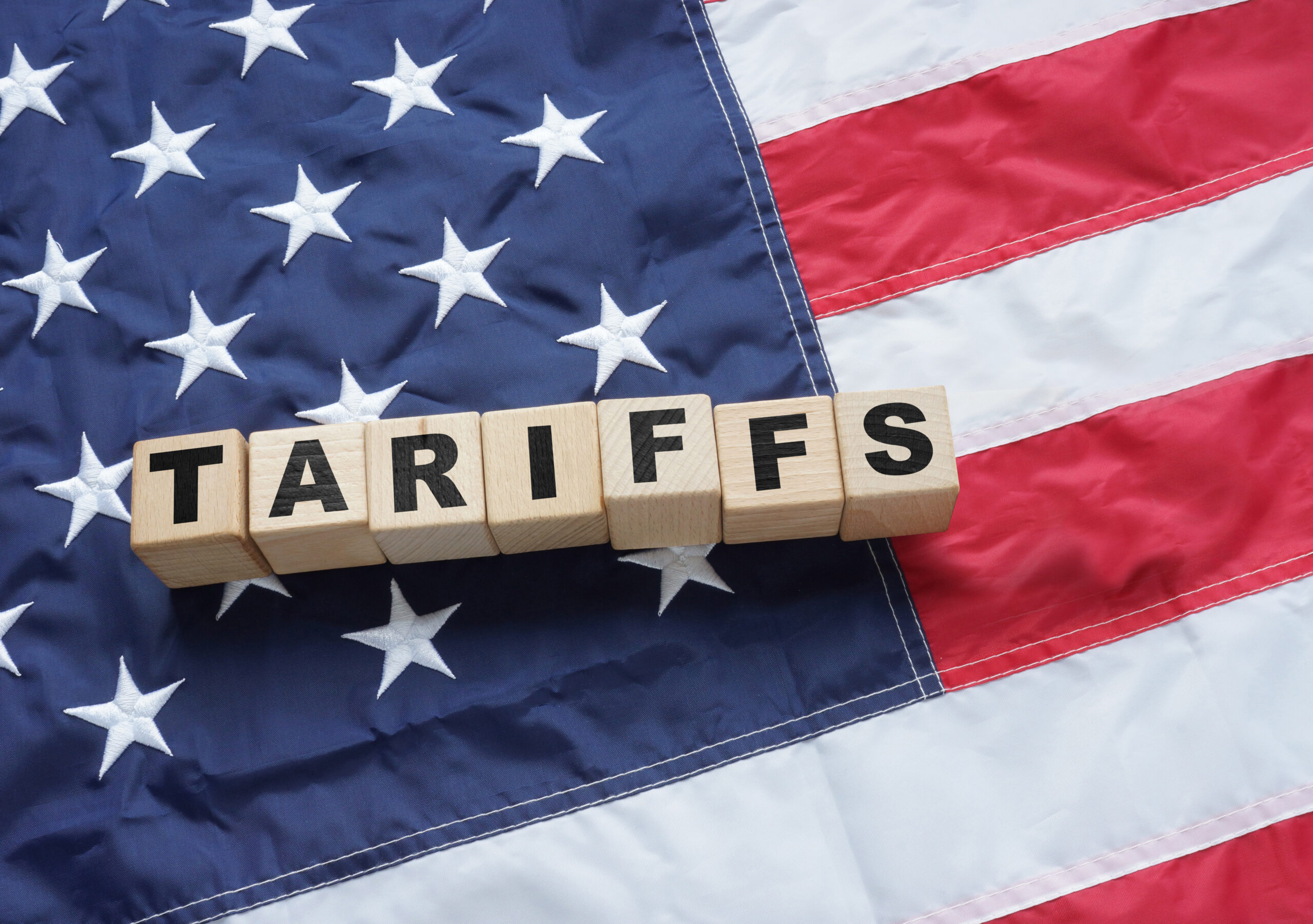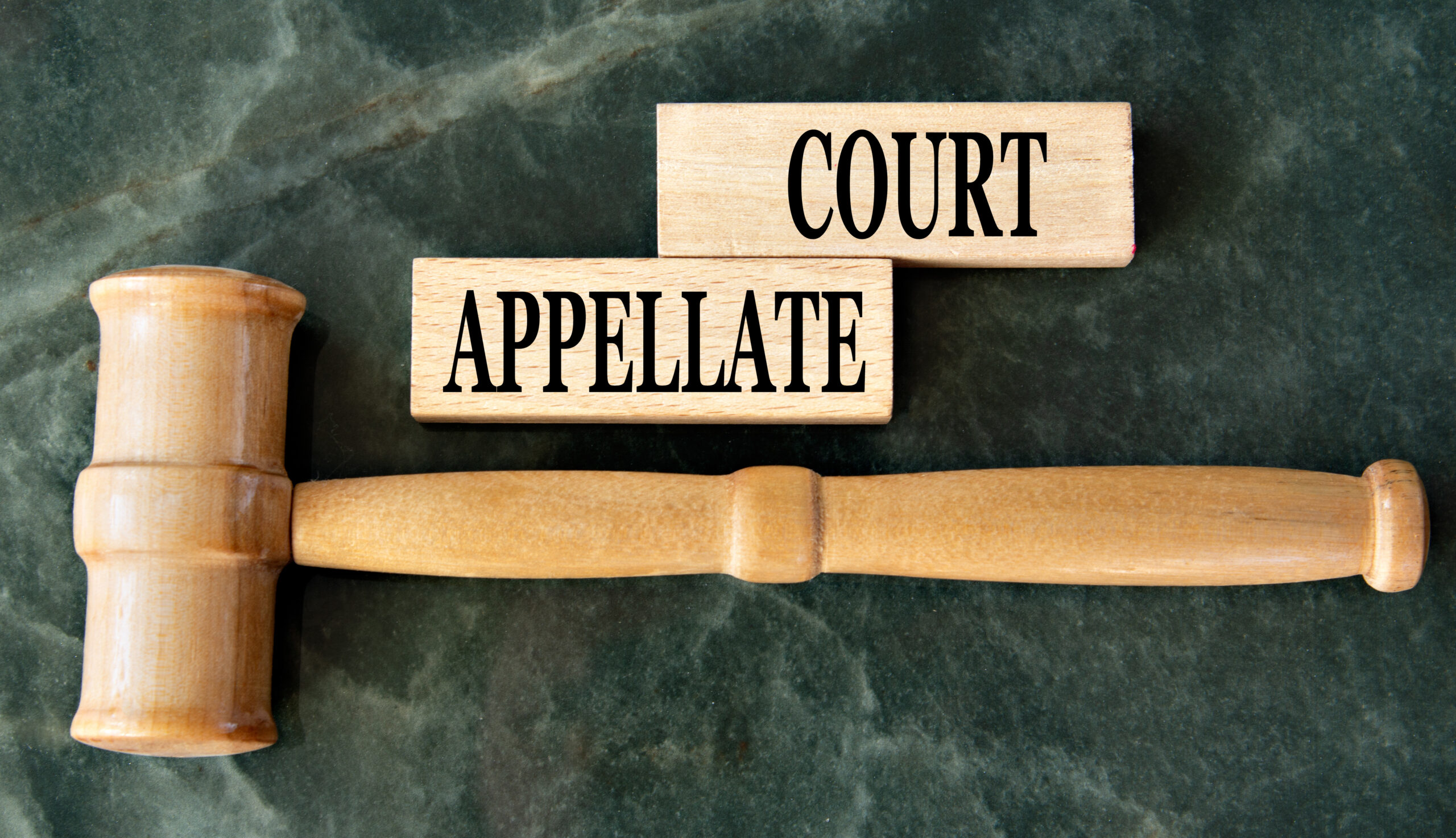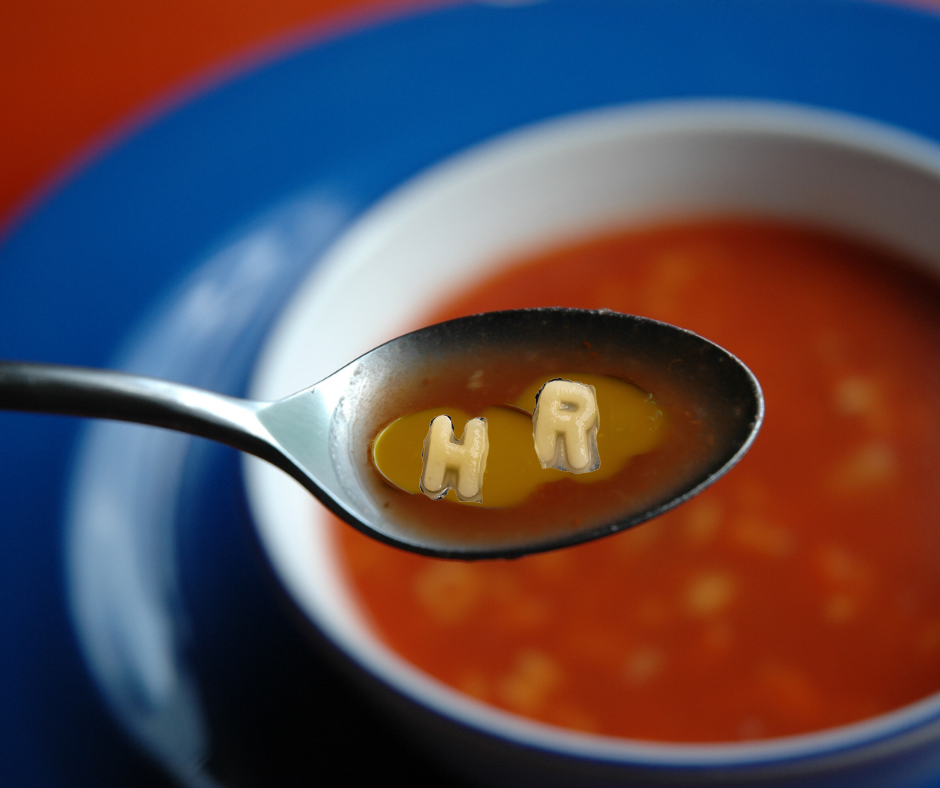In Brand Marketing v. Intertek, the Third Circuit Court of Appeals, the federal court that oversees cases in Pennsylvania, New Jersey and Delaware, faced a question of first impression under Pennsylvania law: whether punitive damages are recoverable in a negligent misrepresentation case.
Punitive Damages are often regarded as the “wild card” in recoverable damages, as they do not represent an actual loss suffered by the plaintiff, but are intended to punish the defendant for egregious conduct. The Courts recognize that punitive damages are an “extreme remedy.” They are penal in nature and are proper only in cases where the defendant’s actions are so outrageous as to demonstrate willful, wanton, or reckless conduct. Large punitive damage awards often garner headlines, such as in the repainted BMW case where the jury awarded $4,000 on compensatory damages, but added an additional $4 million in punitive damages. In that case, the United States Supreme Court eventually determined that the unusually high punitive damages award violated the Due Process clause of the Constitution, but the lesson of the case is that a significant award to deter and punish bad acts can be issued, even if the actual loss is relatively small.
In the Brand Marketing case, the issue was whether Intertek negligently misrepresented that Brand’s product, a portable heater, passed certain safety standards when it did not. The jury found that Intertek had made such a negligent misrepresentation and awarded $725,000 in past damages, $320,000 in future lost profits and an additional $5 million in punitive damages.
On appeal, Intertek challenged all of the jury’s findings and awards. The Court of Appeals upheld the jury award, based on the sufficiency of the evidence presented. Of particular interest was the novel question of whether an award of punitive damages can ever be awarded in a negligent (i.e., not intentional) misrepresentation case. This issue had not been addressed by the Pennsylvania Courts and was thus one of first impression in the Court of Appeals. However, the Court noted that it was not writing on a blank slate. The Pennsylvania Supreme Court has held that punitive damages may be awarded in negligence cases if the plaintiff proves greater culpability than ordinary negligence at trial. The Court recognized that nothing in law or logic prevents the plaintiff in a case sounding in negligence from undertaking the additional burden of attempting to prove that the defendant’s conduct not only was negligent but that the conduct was also “outrageous” and warrants punitive damages. In other words, the penal and deterrent purpose served by punitive damages is furthered when the outrageous conduct occurs in a case sounding in negligence no less than when an intentional tort is at issue.
Nevertheless, Intertek asserted that negligent misrepresentation claims are so different from other “case[s] sounding in negligence” that they can never be grounds for punitive damages awards in Pennsylvania. Specifically, Intertek argued for an exception to the general rule specifically for negligent misrepresentation cases. The Court declined to create such an exception, refusing “to conjure a strained distinction” between negligent misrepresentation claims and all other negligence claims. Therefore, the Court held that Pennsylvania law generally permits a plaintiff to undertake the additional burden of proving the heightened culpability required to sustain a punitive damages claim in negligence suits—and in negligent misrepresentation cases specifically.
Given the fact that the defendant’s state of mind is vital in determining whether punitive damages may be awarded, Intertek also argued that there was insufficient evidence to support giving a punitive damages instruction to the jury in the first place. The Court recognized that ordinary negligence would not suffice to support an award of punitive damages. Rather, the fact-finder must determine that the defendant acted with a culpable state of mind, i.e., with evil motive or reckless indifference to the rights of others. Since Brand was not arguing that Intertek acted with an evil motive, the question was whether there was sufficient evidence in the record showing that Intertek acted with reckless indifference such that a punitive damages instruction was permissible. After reviewing the evidence, the Court found that there was evidence that Intertek subjectively knew of, and consciously disregarded, a risk of harm to Brand.
Finally, Intertek argued that the punitive damages award was excessive and represented a violation of the Due Process Clause. Relying on the BMW case mentioned above (which is called BMW of North America, Inc. v. Gore), the Court applied a three-part test consisting of the following: (1) the degree of reprehensibility of the defendant’s actions; (2) the disparity between the harm or potential harm suffered by the plaintiff and its punitive damages award; and (3) the difference between the punitive damages award and the civil penalties authorized or imposed in comparable cases. Of these factors, the Court disregarded the third as unhelpful, but honed in on the “reprehensibility” factor by considering five sub-factors: [1] the harm caused was physical as opposed to economic; [2] the tortious conduct evinced an indifference to or reckless disregard of the health or safety of others; [3] the target of the conduct had financial vulnerability; [4] the conduct involved repeated actions or was an isolated incident; and [5] the harm was the result of intentional malice, trickery, or deceit, or mere accident. Again reviewing the evidence, the Court concluded that the majority of the sub-factors weighed in Brand’s favor and thus supported the award.
Reviewing the alleged disparity between the compensatory damages and the punitive damages, the Court found there was a ratio of less than 5:1. Although the Supreme Court has repeatedly declined to impose a bright-line ratio for due process purposes, it has recognized that single-digit multipliers are more likely to comport with due process, while still achieving the goals of deterrence and retribution, than awards with significantly higher ratios. In light of its analysis of the reprehensibility guidepost, a 5:1 ratio was found not to be the type of gross disparity between compensatory and punitive damages that renders a punitive award suspect by itself. As a result, the award was upheld on appeal.
In dissent, Judge Fisher was concerned that the evidence was not as compelling as the majority had found it to be. He noted that a concession by Intertek that its testing was not perfect did not equate with an admission that it knew that it was putting Brand at risk of harm. Judge Fisher noted that , a lack of rigorous uniformity did not equate to recklessness, “and if an admission of imperfection or lack of absolute uniformity opens the door to punitive damages whenever something goes wrong, Pennsylvania companies may be in for a rude awakening.”
Judge Fisher’s admonition summarizes the key takeaway from the decision: some degree of negligence in a given case may be viewed as reckless indifference, allowing the plaintiff “to go the extra mile by proving not just negligence but outrageous conduct to support a punitive damages award,” thus significantly raising the stakes in business disputes where punitive damages are not the norm.









